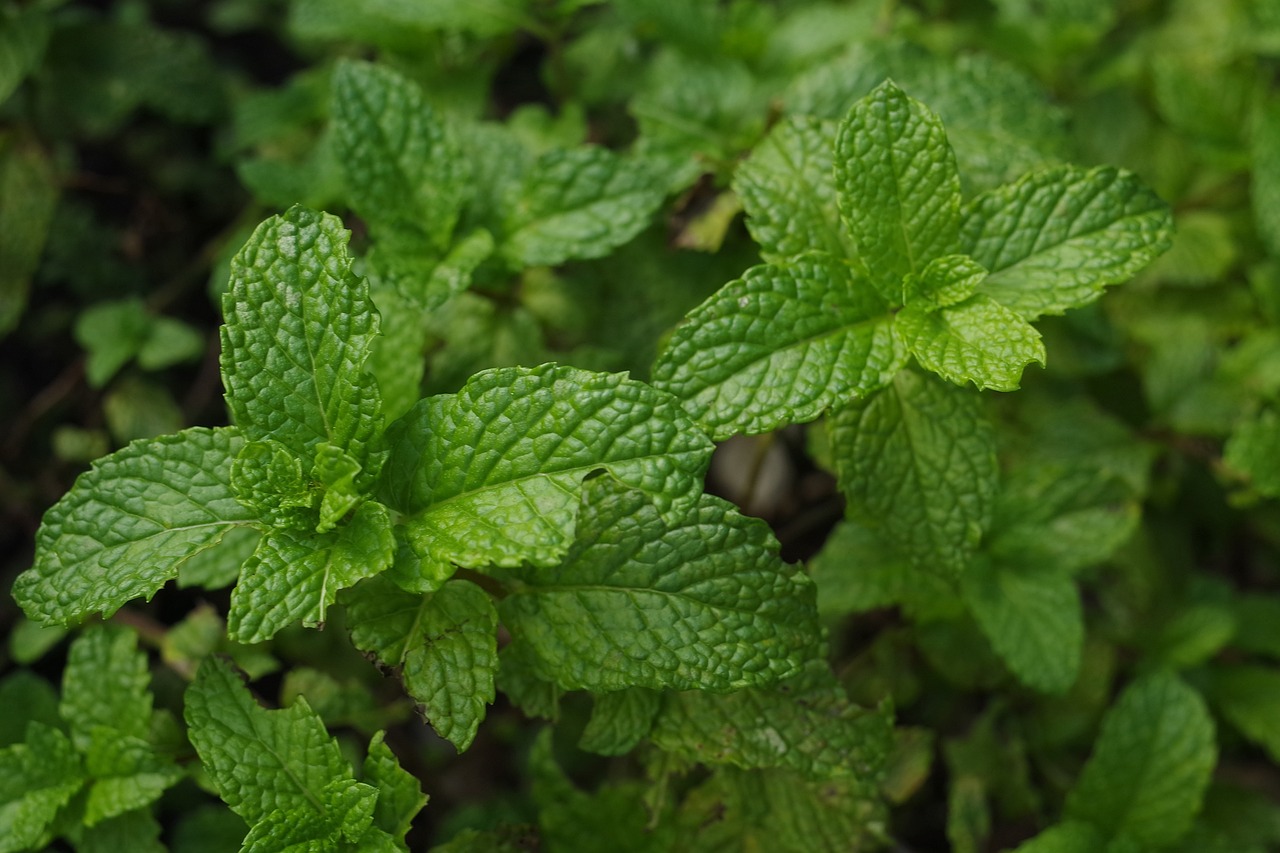Oregano is more than just a kitchen staple — it’s the earthy, aromatic soul of Italian sauces, Mediterranean marinades, and homemade pizzas that make your house smell like heaven. But as fall fades and winter’s chill creeps in, your thriving oregano plant might be staring down its seasonal doom… unless you know how to protect it.
The good news? With the right overwintering techniques, your oregano can stay vibrant, flavorful, and ready to harvest all year long — even when snow is falling outside.
So, how do you shield this hardy yet vulnerable herb from the cold? Let’s walk through the simple, proven strategies to keep your oregano alive and bursting with flavor through winter and beyond.

Understanding Oregano’s Winter Needs
Before diving into overwintering methods, it’s important to know what oregano needs to survive the colder months.
Oregano is a perennial herb in USDA hardiness zones 5–12, meaning it can return year after year if conditions are right. However, in colder climates (zones 5–7), the freezing temperatures can damage or kill the plant unless you give it some protection.
Key winter needs include:
- Protection from frost and ice — root damage happens quickly in frozen soil.
- Adequate drainage — soggy roots are more dangerous than cold air.
- Controlled light — too little light indoors can weaken flavor.
- Stable temperatures — sudden shifts stress the plant.
Option 1: Overwintering Oregano Outdoors
If you live in a mild climate or your oregano is well-established, you may not need to bring it inside at all. Outdoor overwintering works best in zones 8–12 or for gardeners willing to give extra winter care.
1. Mulch Generously
A thick layer of mulch is your oregano’s first line of defense. Mulching:
- Keeps the soil warmer by trapping heat.
- Shields roots from temperature fluctuations.
- Reduces soil moisture loss.
How to do it:
- Wait until the first frost has passed but before the ground freezes.
- Apply 4–6 inches of organic mulch such as straw, shredded leaves, or pine needles around the base of the plant.
- Keep mulch about 1 inch away from the main stem to prevent rot.
2. Cut Back the Stems
Pruning oregano before winter helps conserve the plant’s energy.
- Trim stems back to 2–3 inches above the soil after the first frost.
- Remove any dead or diseased leaves to prevent fungal issues over winter.
3. Provide Wind Protection
Cold winds can dry out and damage oregano, even in mild winters.
- Plant oregano near a wall, fence, or other natural windbreak.
- In open gardens, use a burlap screen for extra shelter.
Option 2: Bringing Oregano Indoors for Winter
For gardeners in colder climates or those who want fresh oregano at arm’s reach, moving plants indoors is the safest bet.
1. Choose the Right Pot
If your oregano is in the ground:
- Carefully dig around the root ball, keeping as much soil intact as possible.
- Transfer into a pot with drainage holes — oregano hates sitting in water.
- Use a light, well-draining potting mix.
2. Find the Sunniest Spot
Oregano loves sunlight — 6–8 hours a day if possible. Indoors, this means:
- Placing the pot near a south-facing window.
- Supplementing with a grow light if natural light is weak.
3. Adjust Your Watering
Overwatering is the fastest way to kill oregano indoors.
- Water only when the top 1–2 inches of soil are dry.
- Use room-temperature water and avoid wetting the leaves excessively.
Option 3: Propagating Oregano Before Winter
Sometimes, the easiest way to ensure you have oregano all year is to start fresh plants before winter sets in.
How to Take Cuttings:
- In early fall, snip 4–6 inch healthy stem cuttings from your oregano plant.
- Remove the lower leaves and dip the cut end into rooting hormone (optional but helpful).
- Place in a small pot with a moist, well-draining mix.
- Keep in a warm, bright spot until roots develop — usually within 2–3 weeks.
These baby oregano plants can thrive indoors all winter and be planted back outside in spring.
How to Keep Oregano Fresh All Year Long
Even with great overwintering, sometimes you just want an extra stash of oregano for cooking — no garden required. Here’s how to store it so it keeps its punch.
1. Drying Oregano
- Harvest stems before the first frost.
- Tie small bunches and hang upside down in a warm, dark, well-ventilated space.
- Once fully dry, crumble the leaves and store in an airtight container.
2. Freezing Oregano
- Chop fresh oregano leaves.
- Spread on a baking sheet and freeze, or place in ice cube trays with a little olive oil.
- Store frozen cubes in freezer bags for quick cooking use.
3. Oregano-Infused Oil
- Add fresh oregano sprigs to a clean bottle.
- Fill with olive oil and let steep for 1–2 weeks.
- Strain and use for dressings, marinades, or drizzling over fresh bread.
Troubleshooting Winter Oregano Problems
Even with care, oregano can face some seasonal challenges. Here’s what to watch for:
- Yellowing Leaves? Likely overwatering or poor drainage. Reduce watering frequency.
- Weak, Leggy Growth? Increase sunlight exposure or use a grow light.
- Powdery Mildew? Improve air circulation and avoid watering from above.
- Loss of Flavor? Pinch back stems regularly to encourage new, aromatic growth.
Bringing Oregano Back in Spring
When the frost danger has passed:
- Gradually reintroduce indoor oregano plants to outdoor conditions by placing them outside for a few hours a day.
- Increase the time outside each day for about a week before planting them back into the garden.
- Remove any dead growth and give the plant a light feeding of balanced organic fertilizer.
